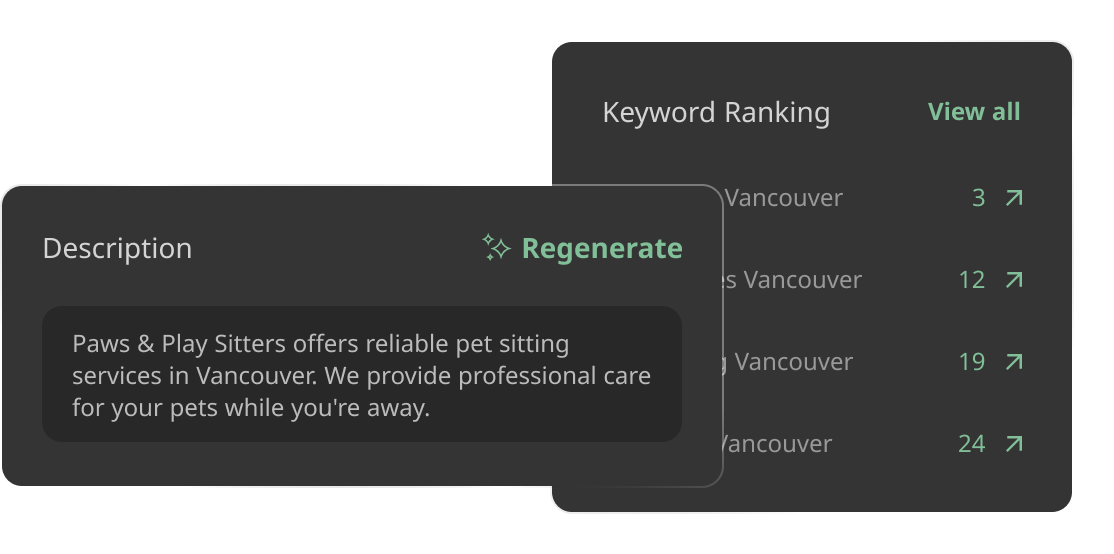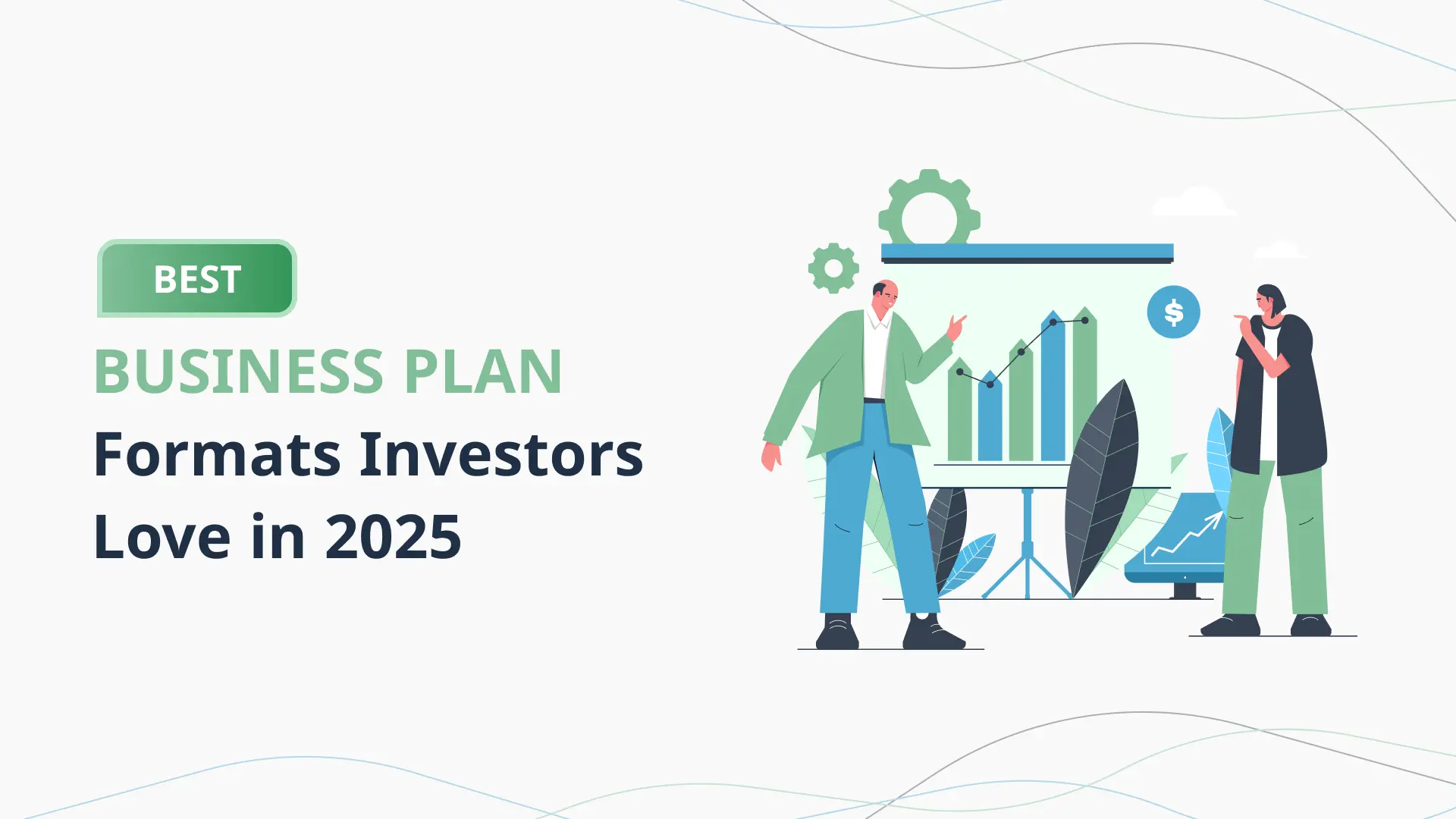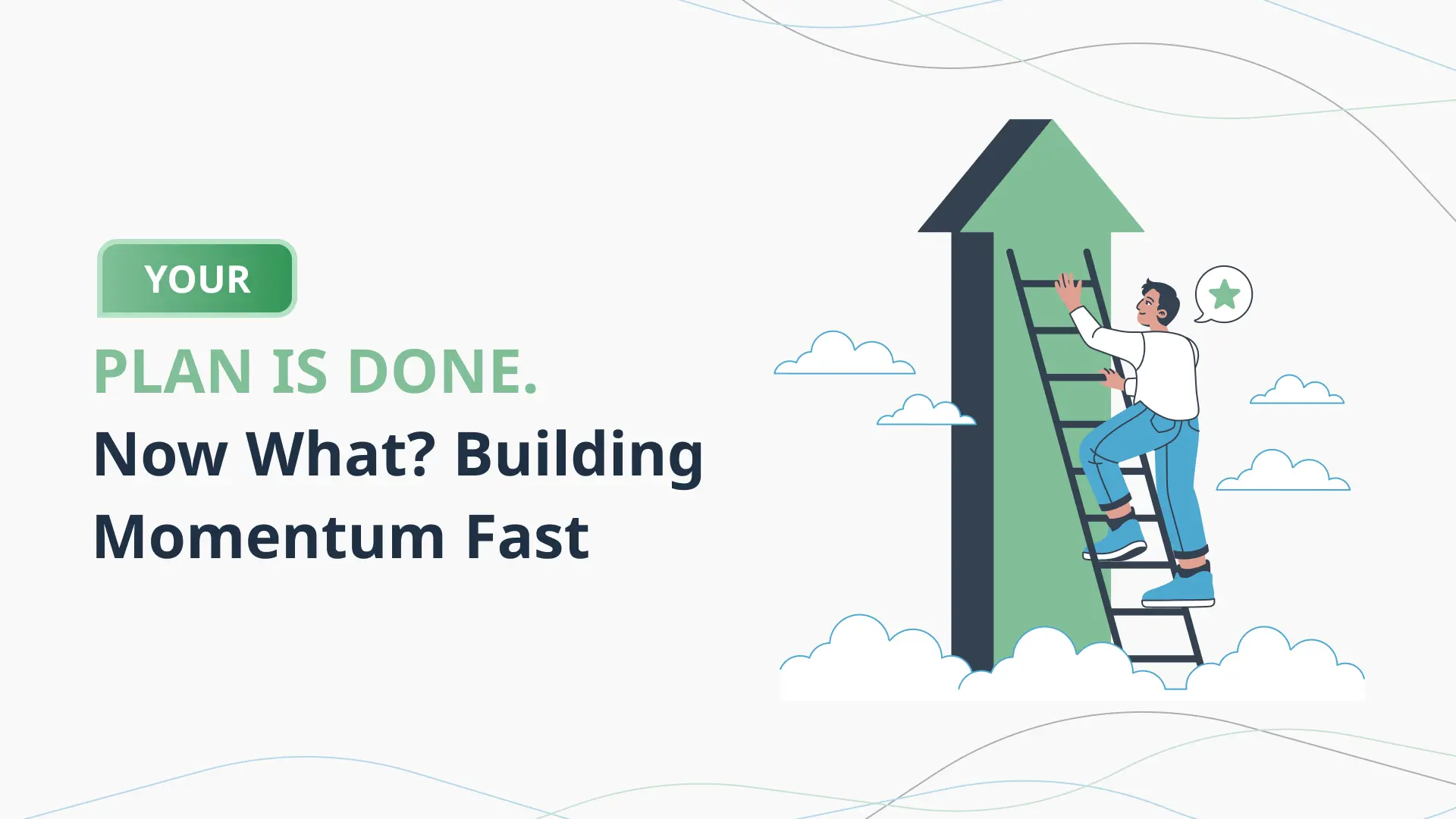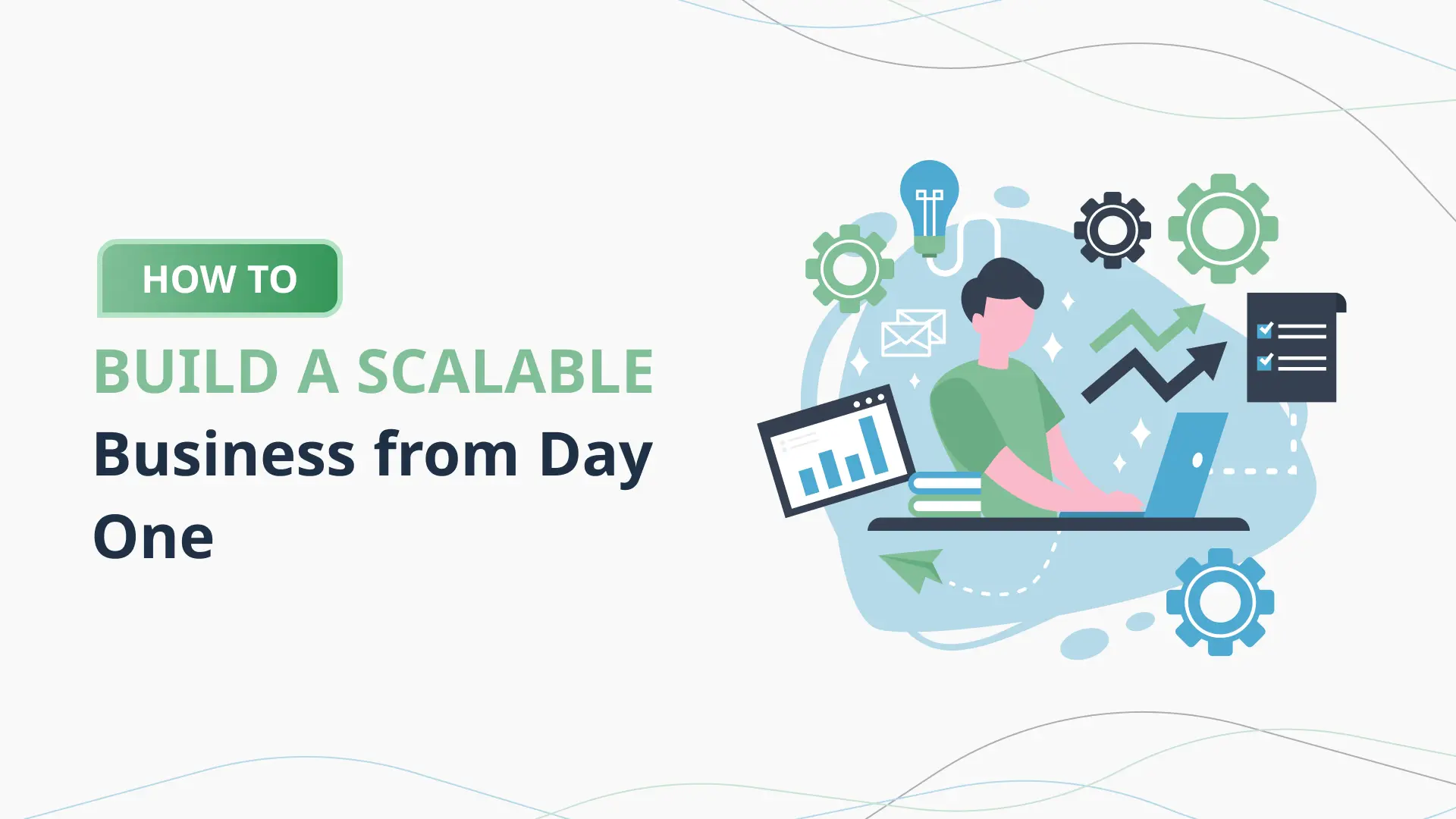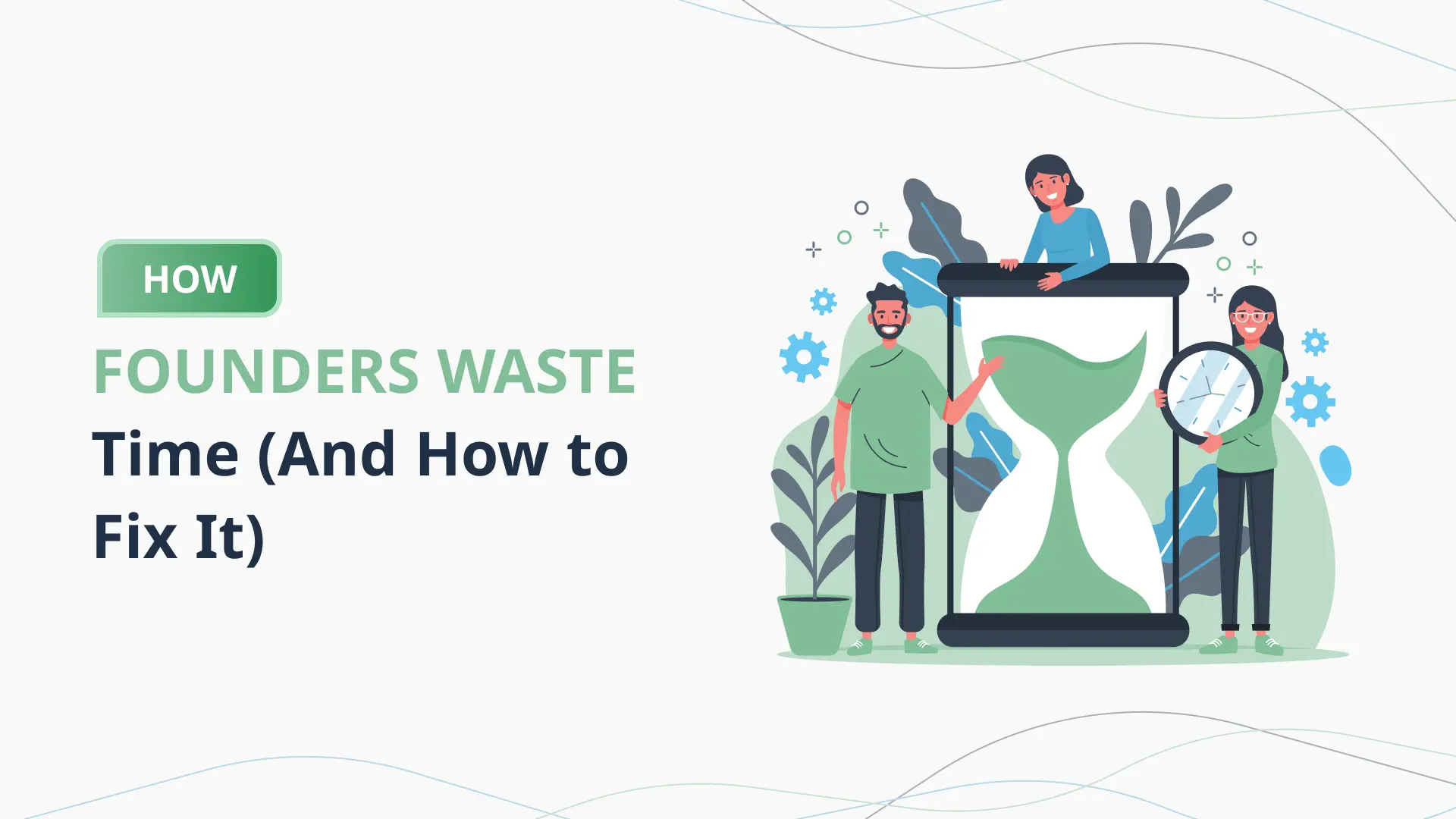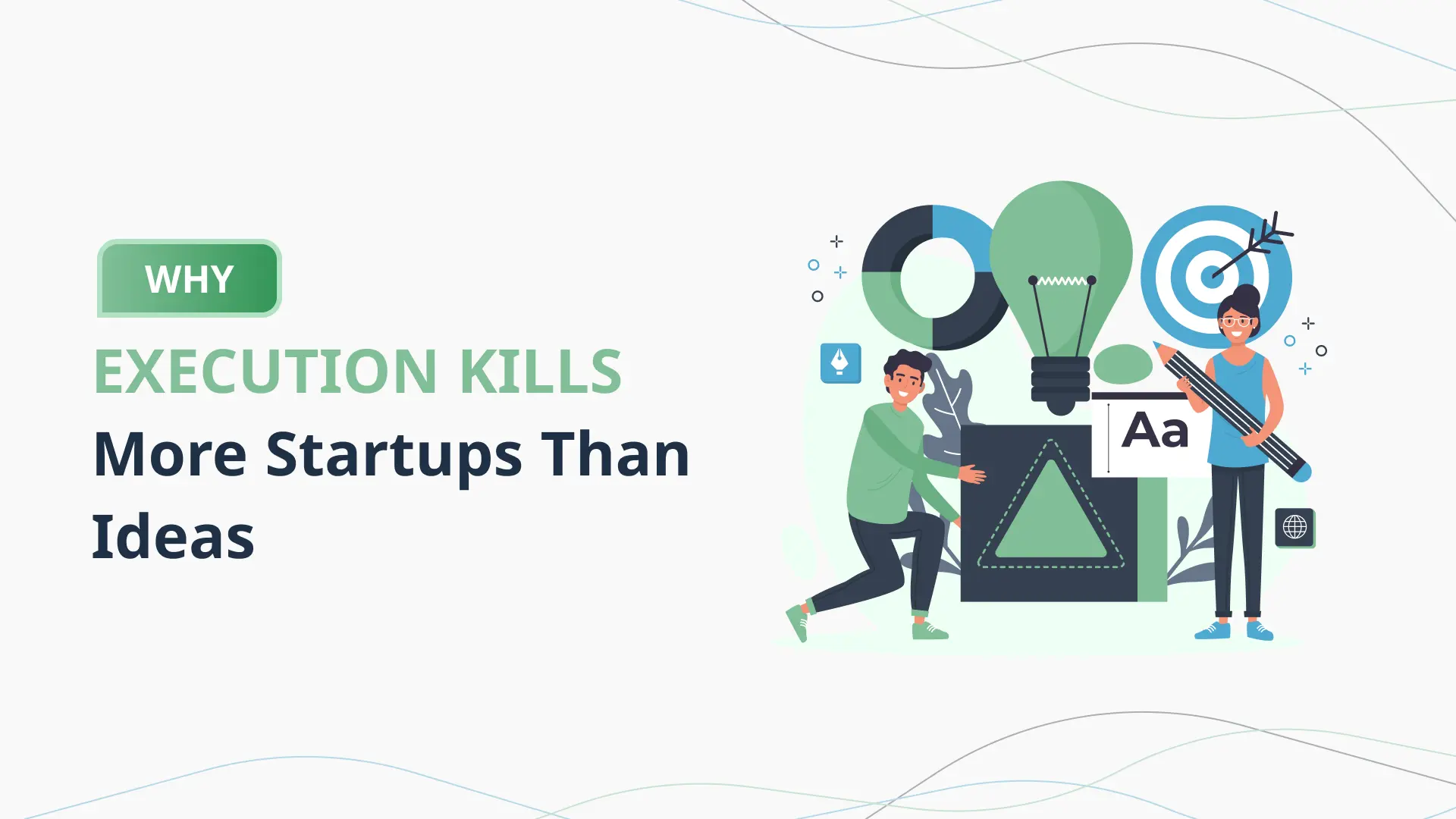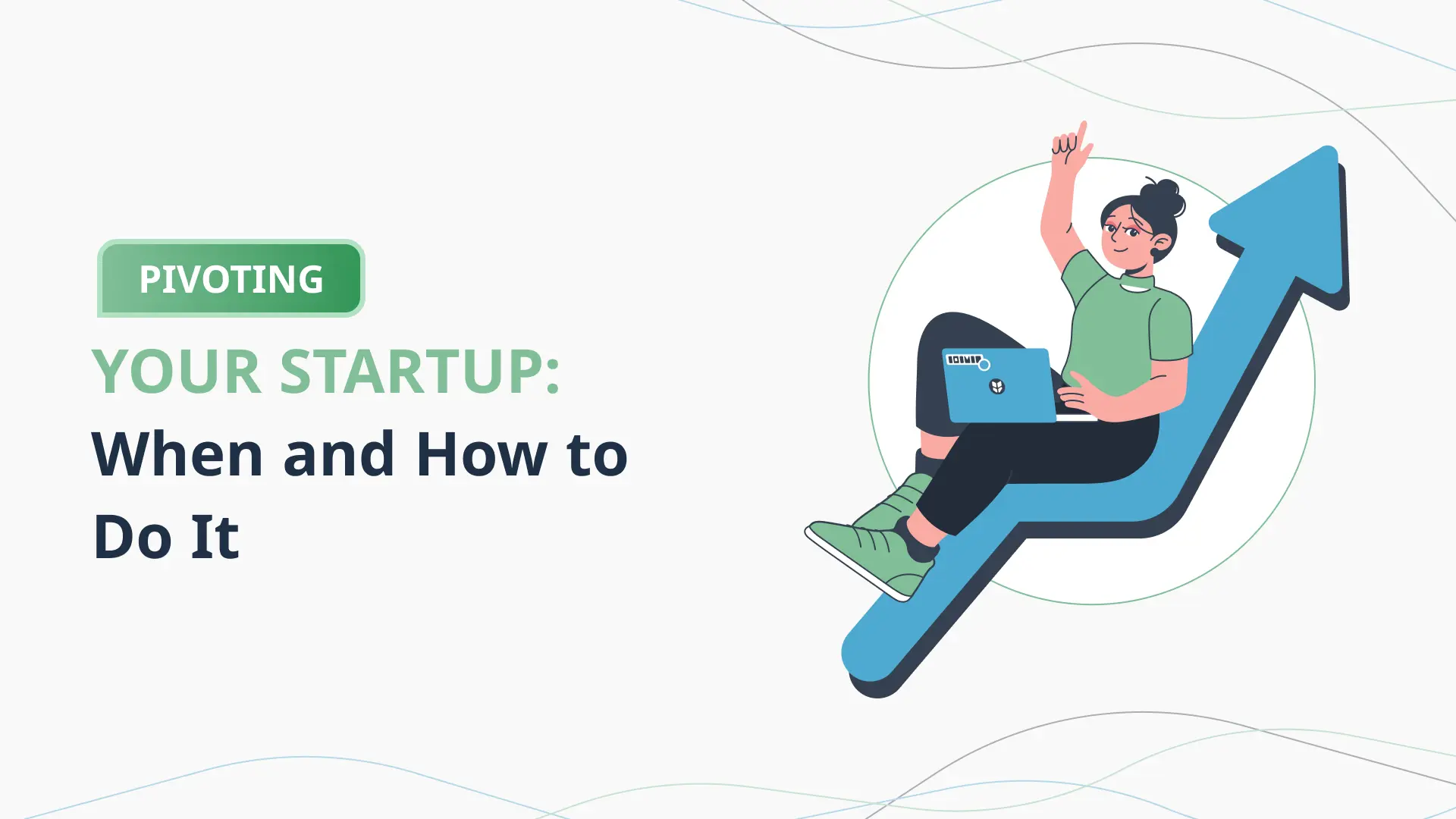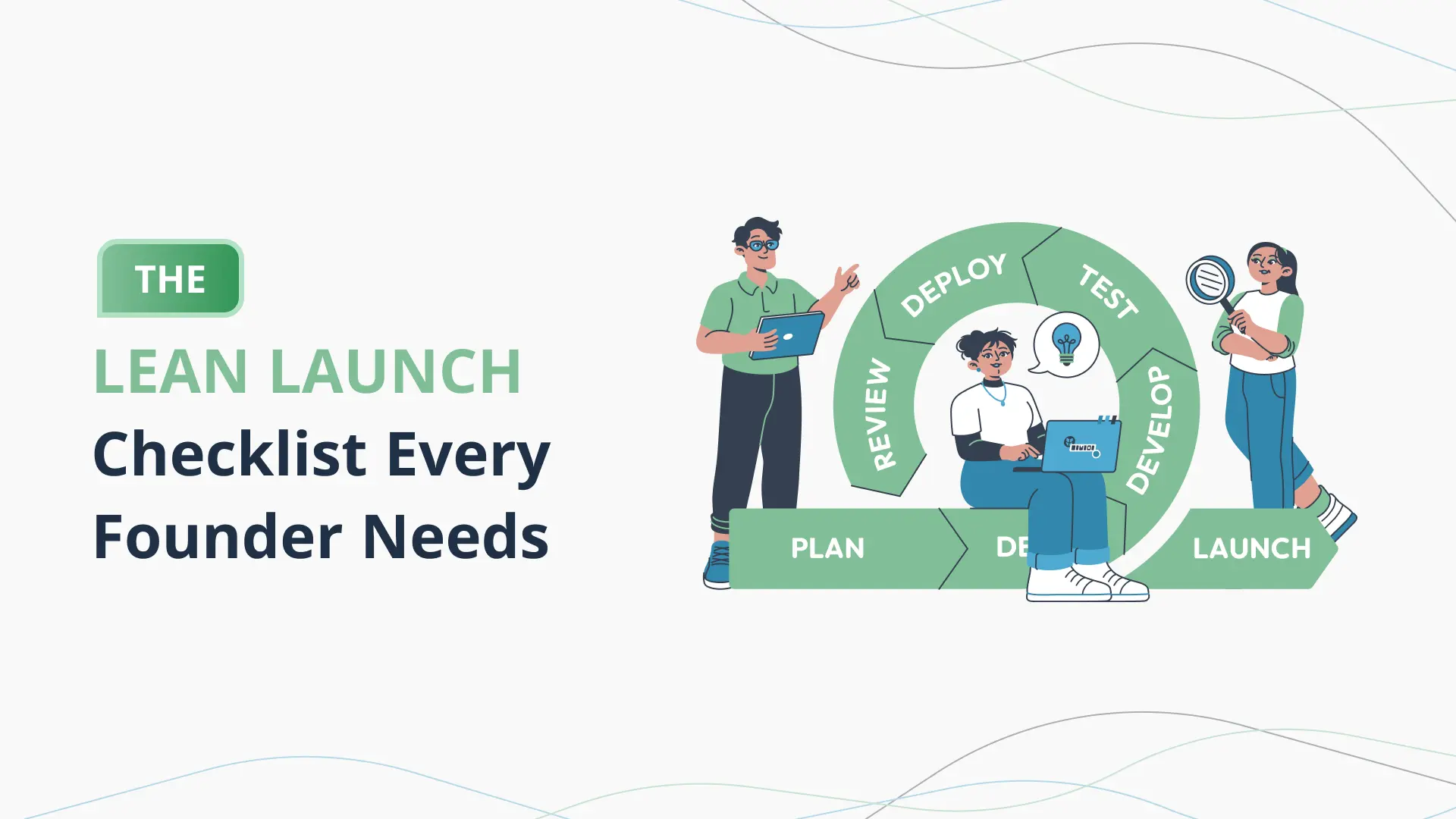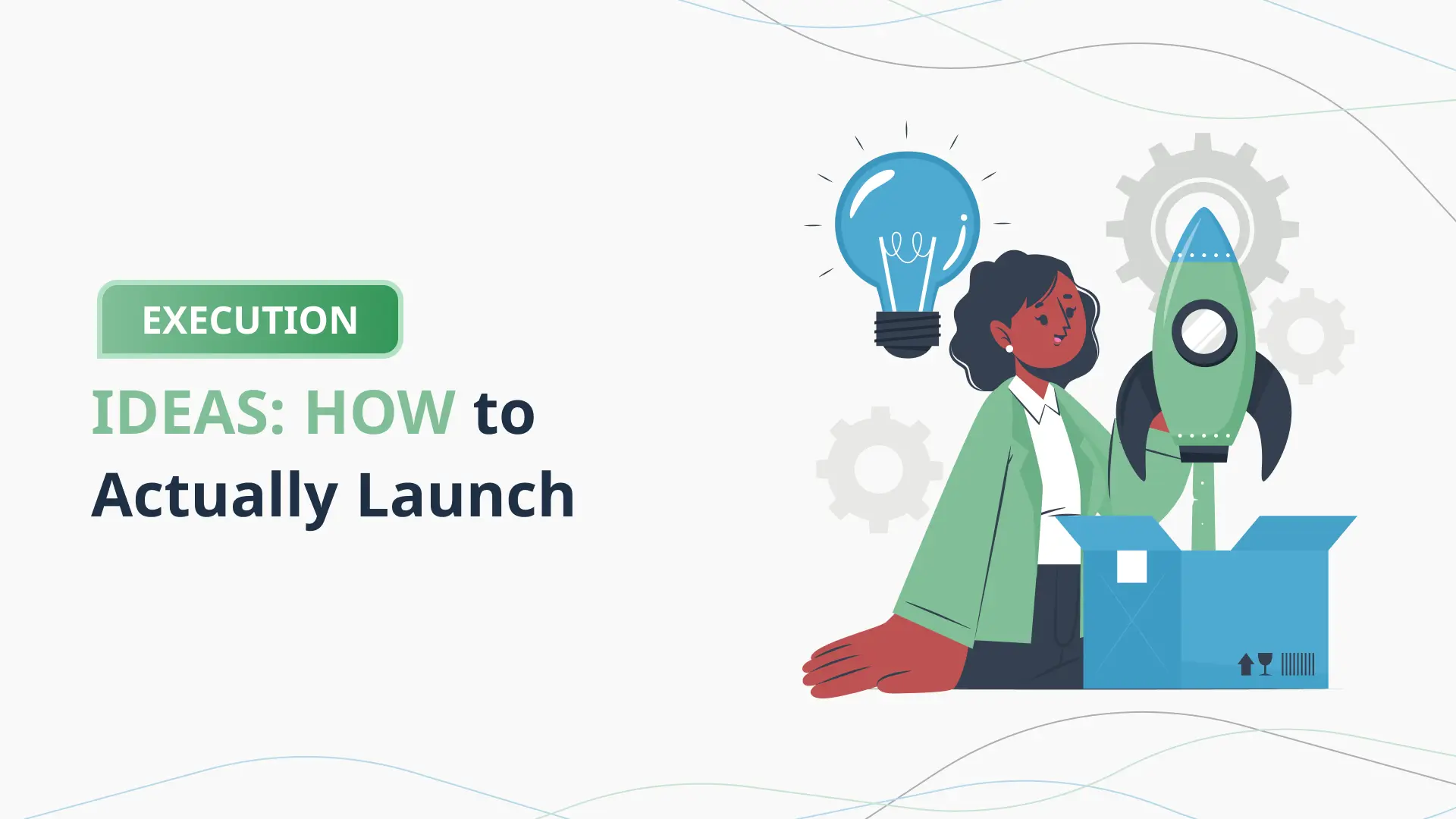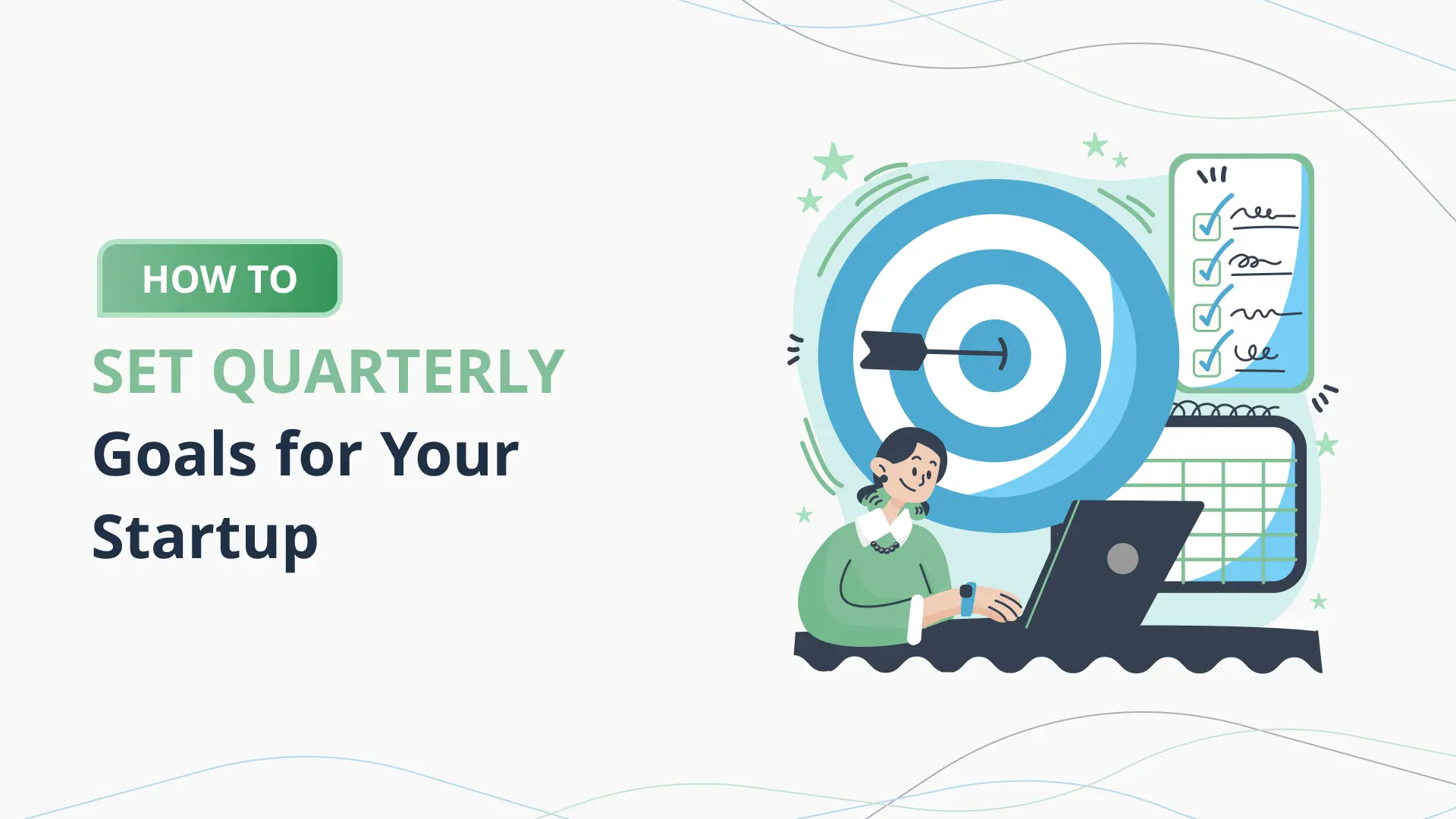Business Plan vs Business Model – What’s the Difference?
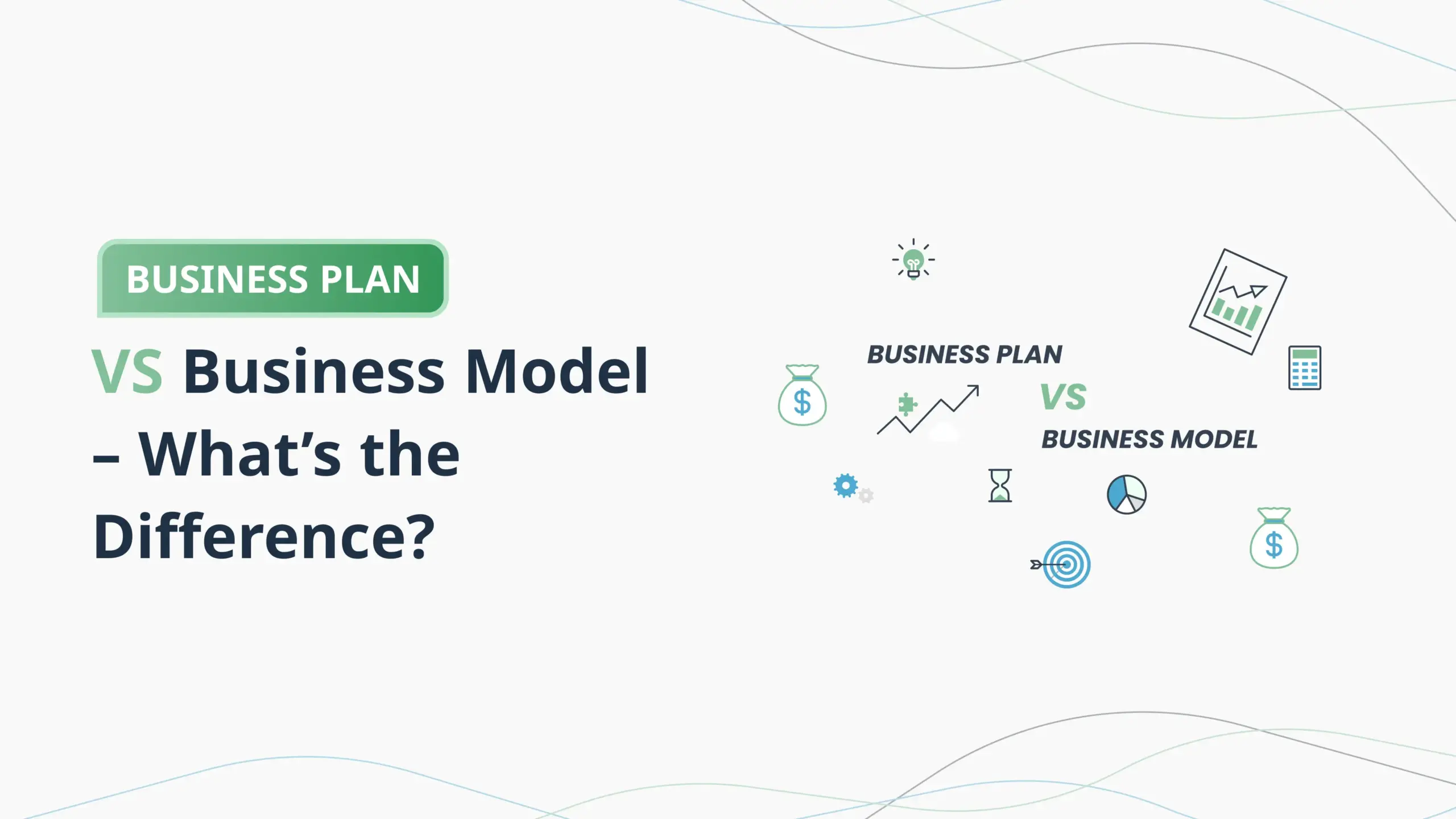
Introduction: Clearing the Confusion Once and for All
If you’re a founder, you’ve probably heard these two terms thrown around in every startup meeting, accelerator workshop, or investor conversation: business plan and business model.
Sometimes, they’re used interchangeably—especially in startup circles. But here’s the truth: they are not the same thing.
And confusing them? It can cause you to overlook gaps in your strategy, confuse investors, or worse—spend months perfecting the wrong document.
In early-stage startups, this misunderstanding is everywhere:
- Some founders obsess over crafting a detailed 30-page business plan but fail to clearly define how their business will make money (their business model).
- Others sketch out a brilliant business model on a napkin but struggle to present a cohesive plan that shows how they’ll bring it to life, scale it, and generate returns.
Both scenarios are common. And both can stall your progress.
That’s why understanding the difference isn’t just an academic exercise—it’s founder survival 101.
In this post, we’ll clear up the confusion once and for all. You’ll learn:
- What a business model really is—and what it’s not
- What a business plan is—and why you still need one
- How these two tools work together (and when they don’t)
- The biggest mistakes founders make when using one without the other
- A real-world example of a founder who got both right—and how it helped them secure funding and scale faster
- How tools like PlanVista help you build both, without adding more work to your plate
By the end, you’ll have a clear, actionable understanding of these two essential business tools—and how to use them at the right time, in the right way.
Here’s the simplest way to think about it:
- Your business model is how you make money.
- Your business plan is how you make it happen.
One can’t exist without the other. But they are not the same thing.
And if you want to pitch investors, align your team, or simply sharpen your own thinking—you need to understand both.
Let’s dive in.
What Is a Business Model? (Core Concept Explained)
Let’s start with the building block of every business—the business model.
Simply put, your business model is the blueprint for how your startup creates, delivers, and captures value. It’s not about your product features, your tech stack, or your mission statement. It’s about answering one core question:
How does this business make money—sustainably?
The Core of a Business Model
Your business model outlines:
- Who your customer is
- What problem you solve for them
- How you deliver your product or service
- How you get paid
Think of it as the engine that powers your business. It’s the repeatable system that turns ideas into revenue.
Key Elements of a Business Model
While frameworks like the Business Model Canvas are popular, you don’t need to overcomplicate things. At its core, every business model answers:
1. Value Proposition:
What’s the core problem you’re solving? What makes your solution better or different?
2. Customer Segments:
Who are your target customers? Be specific.
3. Revenue Streams:
How do you make money? Subscriptions, licensing, one-time sales, commissions?
4. Cost Structure:
What are your biggest costs? Fixed, variable, or both?
5. Channels:
How do you deliver your solution to your customers? Online, physical locations, partnerships?
6. Customer Relationships:
How do you acquire, convert, and retain your customers?
7. Key Activities and Resources:
What are the essential activities, people, or tech that make this work?
8. Key Partnerships (if applicable):
Do you need any third parties—suppliers, distributors, platforms—to operate your model?
Examples of Business Models in Action
- Netflix: Subscription-based model for streaming digital content.
- Uber: Marketplace model connecting riders with drivers, taking a commission on each transaction.
- Adobe Creative Cloud: SaaS (Software as a Service) model with monthly or annual licenses.
Each of these businesses has a clear, distinct model that drives predictable revenue.
Why Founders Must Nail the Business Model Early
For early-stage founders, clarity on your business model is non-negotiable. It forces you to answer:
- Is there a market willing to pay for this?
- Is this scalable? Can it grow profitably over time?
- What are the economics? Will the math ever work?
Without a clear business model, you’re building a product—not a business.
Common Mistakes
Many first-time founders:
- Focus too much on product features and ignore the revenue engine.
- Assume “we’ll figure out monetization later” will impress investors (it won’t).
- Mistake a product roadmap for a business model.
Your business model is the starting point for every other plan you’ll create. But it’s not the plan itself. It’s what you do and how you make money.
In the next section, we’ll explore the business plan—and how it takes your business model and turns it into a concrete, investor-ready strategy.
What Is a Business Plan? (And How It’s Different from a Business Model)
Now that we’ve defined the business model, let’s move to the next level: the business plan.
Your business model is the core logic of how your startup makes money.
Your business plan is the detailed roadmap of how you will build, grow, and scale that business model over time.
Where the business model explains what you do and how you make money, the business plan focuses on:
- Execution: How you’ll turn the model into reality.
- Milestones: What needs to happen—and when—to prove traction and scalability.
- Finances: What it will cost, how you’ll fund it, and when you’ll break even or reach profitability.
- Risks and Mitigation: What could derail you—and how you plan to manage it.
The Key Difference
Think of the business model as the heart of your startup—the system that keeps it alive.
The business plan is the strategy and operations manual that helps you run, grow, and fund that business over the next 1–3 years.
They work together.
But they serve different purposes.
What’s in a Business Plan?
While formats vary, every strong business plan includes:
- Executive Summary
The one-page snapshot of the entire plan.
- Company Overview
What’s the company, who’s behind it, and what stage is it at? - Market Analysis
Who are your customers? What’s the size of the market? Who are your competitors? - Product or Service
What are you offering, what makes it unique, and what stage is it at? - Business Model
Yes—your business plan includes your business model, but it goes beyond it. - Go-to-Market Strategy
How will you acquire, convert, and retain customers? What channels will you use? - Operations and Team
Who’s running the show? What are the key roles and responsibilities? - Financial Projections
3–5 years of projected revenues, costs, cash flow, and break-even point. - Funding Request (if applicable)
How much are you raising, and what will you use it for?
Why Business Plans Matter to Founders (Even Early On)
A lot of founders push back on writing a business plan. They see it as an old-school exercise for later-stage companies.
Big mistake.
Your business plan is for you, not just investors. It forces you to think strategically, set goals, and anticipate challenges. It gives your team a map—and gives investors the confidence that you’re thinking beyond your product.
Common Mistake Founders Make
The biggest misstep? Thinking your business model is your plan.
It’s not.
Your model shows how the business works.
Your plan shows how you’ll execute, measure, adapt, and grow it.
They’re both critical. But they’re not interchangeable.
In the next section, we’ll explore when to use each—and why founders often confuse them.
When Do You Use a Business Model vs a Business Plan? (And Why Founders Confuse Them)
Now that we’ve clarified what a business model and a business plan are, the next logical question is: When do you need each?
The answer depends on what stage your startup is at—and who you’re talking to.
When to Focus on Your Business Model
Your business model is your starting point. It’s what you should be working on before you even build your MVP. It’s the framework that forces you to ask:
- Who is my customer?
- What problem am I solving?
- How will I deliver value to them?
- How do I make money?
At early stages—pre-idea, pre-MVP, pre-revenue—you should be obsessing over your business model.
Use it to:
- Test assumptions quickly (without writing a full plan)
- Validate your pricing, customer segments, and delivery channels
- Build lean, agile strategies while you’re still experimenting
This is why many accelerators and startup coaches push founders to fill out tools like the Business Model Canvas early on. It gets your thinking clear without overcomplicating things.
Key uses of your business model:
- Internal brainstorming and strategy alignment
- Customer discovery and validation phases
- Early investor conversations (especially angels or pre-seed)
When to Shift Focus to a Business Plan
Once you have a validated (or at least believable) business model, it’s time to think about your business plan.
This is where you zoom out from the mechanics of the model and zoom into the execution roadmap.
Your business plan is what you’ll use when:
- Raising serious pre-seed, seed, or Series A funding
- Applying to accelerators, grants, or banks
- Aligning a growing team and setting milestones
- Planning operations, hiring, and budgeting beyond the MVP stage
At this point, investors expect to see:
- Projections
- Go-to-market strategy
- Operating plan
- Team roles and scaling roadmap
- A funding ask tied to milestones
Your plan shows that you’re not just guessing anymore—you have a strategy, supported by data, ready to execute.
Why Founders Get Confused
Most confusion happens because the lines blur—especially at early stages.
Many founders:
- Pitch their business model as if it’s a business plan (too lean, lacks execution detail)
- Build a business plan before validating the model (risking wasted time and effort)
- Skip both entirely and wing it (bad move)
The key is to know the difference and when each is appropriate:
- Early days? Focus on the business model.
- Ready to raise or scale? Build your business plan around that model.
Both tools evolve as your startup grows—but they serve different roles at different stages.
Common Mistakes Founders Make with Business Plans and Models (and How to Avoid Them)
Founders are naturally action-oriented. You see a problem, you want to solve it. You build a product, launch fast, and hope the rest falls into place.
That’s where things get tricky.
Many founders either skip the business model, over-focus on the business plan, or blur the two into a messy hybrid that does neither job well.
Here are the most common mistakes—and how to avoid them.
Mistake 1: Assuming a Great Product Equals a Great Business Model
This is the classic “build it and they will come” trap. Founders get excited about their product but never clarify who will pay, how much, or why now.
Fix:
Even if your product is early, work on your business model from day one. Answer the key revenue, customer, and cost questions upfront. Investors expect it—even at idea stage.
Mistake 2: Overcomplicating the Business Plan Too Early
Some founders think they need a 40-page business plan before they’ve even validated their MVP. This leads to wasted time, guesswork-filled financials, and plans that don’t survive first customer contact.
Fix:
Start lean. Use a one-pager or simple business model canvas while validating. Only build a full business plan when you have real data, traction, or are preparing to raise funds.
Mistake 3: Using Jargon-Filled Templates Without Substance
Copy-pasting from pitch templates or filling in a plan with generic phrases like “disruptive platform for synergistic innovation” won’t impress investors. It’ll make them skeptical.
Fix:
Use plain, direct language. Focus on what’s real—problem, solution, customer, traction, revenue. A simple, honest plan beats a buzzword-heavy doc every time.
Mistake 4: Forgetting That Business Models Evolve
Founders often treat their business model like it’s set in stone. The reality? Your model will shift as you learn, grow, and discover what actually works in the market.
Fix:
Keep your business model agile. Review it every few months. Update your assumptions based on real-world data and customer feedback.
Mistake 5: Thinking the Business Model Is the Plan
This is the most common misunderstanding.
Having a clear business model is great. But without a plan for how to launch, market, scale, fund, and operate, you’re missing the strategy investors want to see.
Fix:
Use the business model to drive your business plan—but don’t confuse the two. Make sure your business plan includes:
- Go-to-market strategy
- Operations and team structure
- Financial projections
- Clear milestones
Bonus Fix: Use Tools That Help You Structure Both
Using tools like PlanVista makes it easier to separate—and build—both your business model and your business plan side by side. You get guided prompts, templates, and projections that evolve as your startup grows.
A Real-World Example of a Founder Who Got Both Right (and What Happened)
Let’s bring this all to life with a founder story that shows exactly why having both a clear business model and a well-structured business plan can make or break your fundraising efforts.
Meet Priya, Founder of MarketMate
Priya had a simple idea: help small local businesses run smarter social media ads without hiring an agency or learning complex tools.
Her early MVP was a Chrome extension that analyzed small business websites and auto-generated simple Facebook ad campaigns. She got a few beta users and early positive feedback.
But when she started reaching out to investors, the response was lukewarm at best.
They liked the idea, but they had the same question every time:
“How does this become a business? And what’s your plan to get there?”
Priya realized she had a solid product idea—but no clear business model or plan.
Step 1: Clarifying the Business Model
Priya sat down and used a simple business model canvas template to answer the basics:
- Customer Segment: Local businesses with under $2M in annual revenue, no dedicated marketing staff.
- Value Proposition: Auto-generated ad campaigns that help them reach local customers with minimal effort.
- Revenue Model: SaaS subscription ($49/month) + optional $99 setup fee.
- Key Channels: Chrome extension, Shopify App Store, small business Facebook groups.
- Cost Structure: Server costs, API usage fees, small customer support team.
Once she had this nailed, she realized two things:
- She needed to focus her messaging around saving time for overworked small business owners.
- Her initial free tool would be a lead magnet to upsell the paid subscription.
Step 2: Building the Business Plan Around It
With her business model locked in, she used PlanVista to create a lightweight but clear business plan:
- Market Analysis: $5B+ spend on social media ads by small businesses in the U.S.
- Go-to-Market: Target 50 local business Facebook groups, test paid search ads, and run webinars with small biz associations.
- Financials: Forecasted $25K MRR by month 12, with clear assumptions for CAC and retention rates.
- Team Plan: Hire a growth marketer and customer support rep post-funding.
- The Ask: Raising $200K to finalize development, scale marketing, and expand the team.
The Result
When Priya sent this new plan to investors, the response was different.
Instead of “interesting idea,” she got “This makes sense—let’s talk.”
Within two months, she secured $220,000 in pre-seed funding from an angel group. Investors specifically told her that her clarity around both the business model and plan made them feel she was ready to execute.
Why It Worked
Priya didn’t just send over a business plan filled with fluff.
She presented a validated business model—wrapped inside a clear, confident business plan.
That combination built trust, earned respect, and opened doors.
How PlanVista Helps You Build Both Without Guesswork
If you’ve made it this far, you already know how important it is to have both a clear business model and a structured business plan. But let’s face it—most founders aren’t MBA grads or former consultants. You’re builders, creators, and doers. The last thing you want is to get bogged down in templates, spreadsheets, and formatting nightmares.
That’s where PlanVista comes in.
PlanVista was built specifically for startup founders who need to create investor-ready business models and business plans—fast, clean, and without guesswork.
Here’s how it makes both easy and founder-friendly.
1. Side-by-Side Model and Plan Builder
PlanVista doesn’t force you to choose between building a business model or a business plan. It lets you do both—side by side:
- Use the Business Model Canvas tool to map your value proposition, revenue streams, channels, and more.
- Instantly expand that into a full business plan template, where your model becomes the centerpiece of your execution strategy.
This means you never lose sight of your core business mechanics while fleshing out your broader strategy.
2. Smart Prompts and Templates Based on Investor Expectations
Not sure what investors want to see in your business plan?
PlanVista guides you through every section with smart prompts that align with what accelerators, angels, and VCs expect:
- Executive Summary
- Market Analysis
- Go-to-Market Plan
- Financial Projections
- Funding Request
You’ll never have to guess what to write or how much detail is enough.
3. Built-In Financial Forecasting Tools
Financials often trip up founders—especially those from non-finance backgrounds.
PlanVista solves this by:
- Walking you through simple inputs (pricing, CAC, LTV, burn rate)
- Generating clear 3–5 year projections, cash flow statements, and break-even analysis
- Visualizing your numbers with clean charts investors love
No spreadsheets required. Just logic and clarity.
4. One-Click Export for All Your Needs
Once your business model and plan are polished, you can instantly:
- Download them as professionally formatted PDFs
- Export a one-pager for quick outreach
- Create an investor-ready pitch deck (with your model and plan embedded)
Everything connects seamlessly—no duplication, no reformatting.
5. Built for Founders Who Move Fast
PlanVista is built for speed. Whether you’re validating your model, refining your plan, or preparing for an investor meeting tomorrow, the platform helps you create what you need—without sacrificing quality or credibility.
You focus on your strategy.
PlanVista handles the structure.
Conclusion: Know the Difference—Win the Conversation
As a founder, you don’t have time to waste on strategy documents that don’t serve your business. But you also can’t afford to skip the critical thinking that separates idea-stage startups from fundable, scalable companies.
That’s why understanding the difference between your business model and your business plan is more than a formality—it’s founder table stakes.
Your business model is your engine. It shows how your startup creates, delivers, and captures value. It answers the essential “how do we make money?” question in a way that’s clear, testable, and adaptable.
Your business plan is your map. It shows how you’ll take that engine and drive it forward—covering go-to-market strategies, operations, milestones, team needs, risks, and financial projections.
They work together.
But they serve different purposes at different times.
If you’re pre-launch or still validating? Focus on sharpening your business model.
If you’re raising funds, growing your team, or scaling? Build your business plan to wrap your model in execution.
And here’s the key insight most founders miss:
- A great business plan with a weak or untested business model will fall flat.
- A solid business model without a credible business plan will struggle to win investor trust.
You need both—done right.
Use Tools That Help You Move Fast and Stay Focused
You don’t need to figure all of this out alone or start from a blank page. Tools like PlanVista help founders build both their business model and business plan—side by side, step by step.
With guided templates, built-in financial forecasting, and investor-ready formatting, PlanVista lets you focus on your thinking, not on formatting or guessing what to include.
Whether you’re pitching your first investors, applying to accelerators, or just organizing your thoughts, PlanVista gives you the structure, speed, and confidence you need to move forward.
Start building your business model and plan with PlanVista—free to try, no credit card required.
FAQs
PlanVista is a business planning platform that helps founders create business models, plans, and financial forecasts.
Yes—PlanVista lets you create and manage both side by side with guided templates.
Absolutely—PlanVista includes easy-to-use financial forecasting tools.
Yes—it’s designed specifically for idea-stage and pre-seed founders.
Yes—PlanVista offers a free trial with no credit card required.
